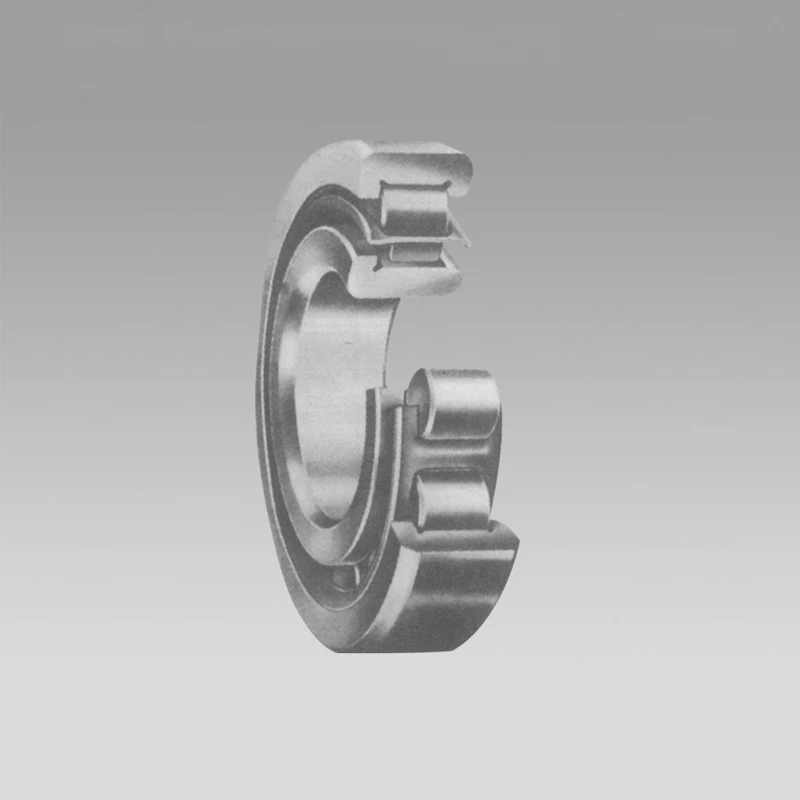
9 月 . 28, 2024 18:04 Back to list
Understanding the Specifications and Features of Bearing Dimensions 6206
Understanding Bearing Dimensions A Focus on the 6206 Type
When it comes to machinery, the importance of bearings cannot be overstated. They play a crucial role in reducing friction between moving parts, facilitating smooth operation, and extending the lifespan of various mechanical devices. Among the myriad types of bearings available, the 6206 bearing stands out due to its versatility and widespread usage in various applications. This article will delve into the dimensions, specifications, and applications of the 6206 bearing, providing an informative overview for anyone interested in bearings and their functionalities.
Overview of the 6206 Bearing
The 6206 bearing is a deep groove ball bearing commonly used in both industrial and consumer applications. It is recognized for its simplicity, durability, and effectiveness. The designation 6206 refers to specific dimensional characteristics of this bearing type, enabling users to identify the exact product they require based on their application needs.
Dimensions of the 6206 Bearing
The 6206 bearing has standardized dimensions that facilitate easy interchangeability among manufacturers. Its dimensions are defined in millimeters
- Inner Diameter (ID) 30 mm - Outer Diameter (OD) 62 mm - Width (W) 16 mm
These dimensions ensure that the bearing can fit various shafts and housings effectively. The 6206 bearing can be classified as a radial bearing, which means that it primarily supports radial loads—loads applied perpendicular to the shaft.
Load Ratings
The load capacity of the 6206 bearing is crucial for ensuring that it can handle the forces exerted on it during operation. A standard 6206 bearing has a dynamic load rating (C) of approximately 15,000 N and a static load rating (C0) of around 7,500 N. These ratings indicate the maximum load the bearing can sustain without risk of failure. However, it is important to consider the actual load conditions and selection guidelines to ensure optimal performance and longevity.
bearing dimensions 6206

Materials and Sealing Options
6206 bearings are typically made from high-quality steel, which provides excellent durability and resistance to wear. They are also available in various configurations, such as open, shielded, or sealed types
1. Open Type This version does not have any seals or shields, allowing for better lubrication but increasing susceptibility to contaminants. 2. Shielded Type This type has metal shields on one or both sides to protect against dust and debris while retaining lubrication. 3. Sealed Type Sealed bearings have rubber seals that prevent dirt and moisture from entering, making them ideal for more demanding environments.
Choosing the right type based on the application's contamination risk is vital for bearing performance.
Applications of the 6206 Bearing
The 6206 bearing can be found in a multitude of applications across various industries. Its versatility makes it suitable for
- Automotive Used in wheel hubs, electric motors, and gearboxes. - Industrial Machinery Found in conveyor systems, pumps, and fans. - Household Appliances Common in washing machines, dryers, and vacuum cleaners. - Electronics Incorporated in computer fans and small motors.
Conclusion
The 6206 bearing exemplifies the efficiency and reliability that bearings bring to mechanical systems. Understanding its dimensions, load ratings, materials, and applications is crucial for selecting the appropriate bearing for specific tasks. As technology advances, the designs and materials used in bearings like the 6206 continue to improve, driving innovations in efficiency and performance across numerous industries. Whether you are a manufacturer, engineer, or hobbyist, understanding the 6206 bearing will undoubtedly enhance your ability to make informed decisions when it comes to machinery and equipment maintenance.
Latest news
-
Unlocking Efficiency with Spherical Roller Bearings
NewsOct.29,2024
-
The Ultimate Guide to Thrust Ball Bearings
NewsOct.29,2024
-
The Power of Thrust Roller Bearings: Engineered for Excellence
NewsOct.29,2024
-
The Power of Deep Groove Ball Bearings for Your Application Needs!
NewsOct.29,2024
-
The Power and Performance of Cylindrical Roller Bearings
NewsOct.29,2024
-
High-Quality Ball Bearing Manufacturing Machines
NewsOct.29,2024
